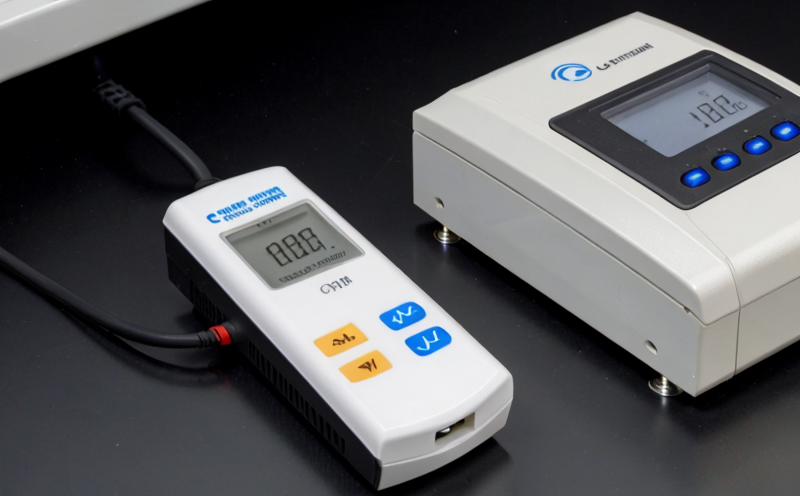Measuring Contact Resistance in Charging Systems
Measuring Contact Resistance in Charging Systems Why Your Business Needs It
In todays fast-paced and increasingly electrified world, the demand for efficient and reliable charging systems has never been higher. As businesses strive to stay ahead of the curve, they must be prepared to tackle the challenges that come with ensuring optimal performance. One crucial aspect of maintaining a top-notch charging system is measuring contact resistance. At Eurolab, our team of expert technicians offers this laboratory service to help your business identify and address any potential issues before they become major problems.
What is Measuring Contact Resistance in Charging Systems?
Measuring contact resistance in charging systems involves testing the electrical connection between various components, such as batteries, chargers, and cables. This process helps determine whether there are any gaps or imperfections in the contact surfaces that could lead to reduced efficiency, power loss, or even system failure. By identifying these issues early on, businesses can prevent costly downtime, extend the lifespan of their equipment, and ensure a smooth charging experience for their customers.
The Advantages of Measuring Contact Resistance in Charging Systems
Incorporating measuring contact resistance into your quality control process offers numerous benefits that can positively impact your business. Here are just a few
Improved System Efficiency By identifying and addressing contact issues, businesses can optimize system performance, reducing energy consumption and minimizing power loss.
Increased Reliability Regular measurements of contact resistance help prevent sudden failures, ensuring that charging systems operate as intended and minimizing the risk of accidents or injuries.
Extended Equipment Life Early detection of contact problems allows for prompt maintenance, extending the lifespan of equipment and reducing replacement costs.
Enhanced Customer Experience By providing a reliable and efficient charging experience, businesses can build trust with their customers, driving loyalty and repeat business.
Compliance with Industry Standards Measuring contact resistance helps ensure compliance with regulatory requirements, mitigating potential fines or penalties.
Key Benefits of Working with Eurolab
By partnering with Eurolab for measuring contact resistance in charging systems, businesses can expect
Accurate and Reliable Results Our state-of-the-art equipment and experienced technicians provide precise measurements that help you make informed decisions.
Timely Turnaround We understand the importance of quick results and strive to deliver fast turnaround times without compromising on quality.
Expert Support Our team is dedicated to helping you interpret your test results, providing guidance on how to address any issues that arise.
Frequently Asked Questions
Q What types of charging systems can Eurolab measure contact resistance in?
A We specialize in measuring contact resistance for various types of charging systems, including electric vehicle (EV) chargers, battery packs, and charging cables.
Q How do I prepare my equipment for testing at Eurolab?
A Simply ensure that your equipment is clean and free from debris, and follow our guidelines for packaging and shipping to prevent damage during transit.
Q What kind of information can I expect after submitting my samples to Eurolab?
A Youll receive a comprehensive report detailing the test results, including any areas where contact resistance was found to be outside acceptable limits.
Conclusion
Measuring contact resistance in charging systems is an essential aspect of maintaining optimal performance and preventing potential issues. By working with Eurolab, businesses can enjoy improved system efficiency, increased reliability, extended equipment life, enhanced customer experience, and compliance with industry standards. Whether youre looking to enhance your quality control process or resolve specific problems, our expert team at Eurolab is here to help.




